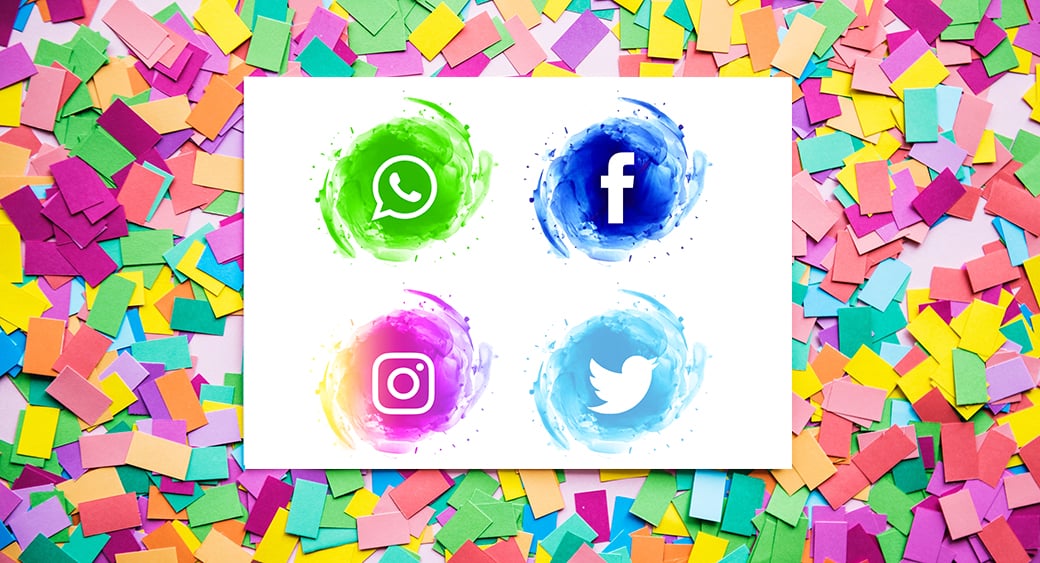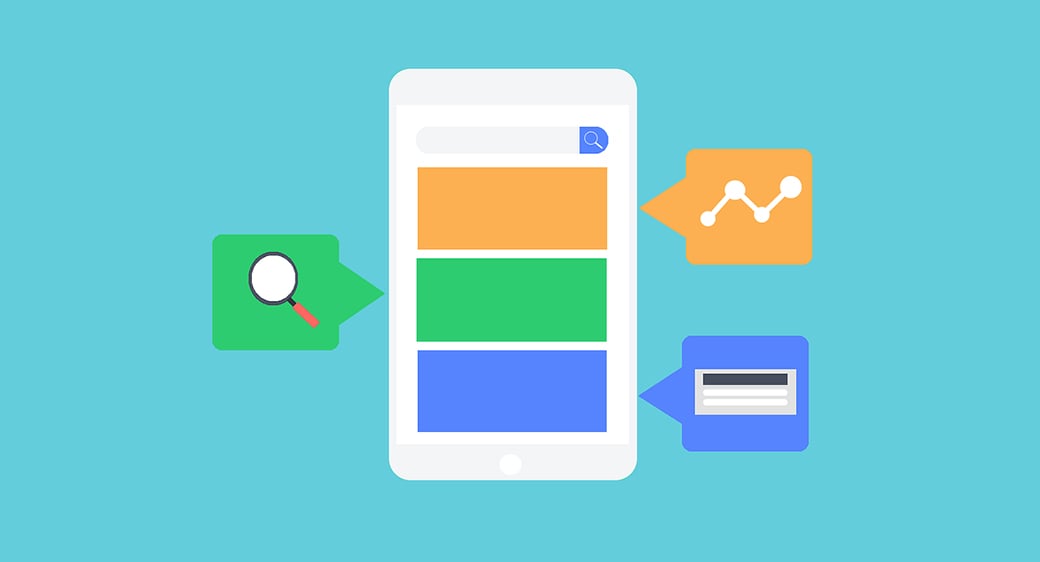Social Media Influencer Marketing for Customer Loyalty and Brand Recognition
As a social and cultural species, we get most of our information from others. And as we’re generally too busy to double check all the information that people send our way, we rely on rules of thumb to decide who to believe. That’s where social media influencer marketing (and celebrity endorsement in general) comes in. First, people position themselves as authorities. After that, they’re in a position to influence the people who see them as such and use them to push their wares.

Social media influencer marketing is surprisingly effective – largely because once a person has been established as an authority in one area, we’ll accept their authority in other places as well. This is why football stars can market perfume.
In effect, when we’re judging people we don’t judge them according to every attribute they possess. That would be way too cognitively demanding. Instead, we judge them according to two dimensions. These are competence and warmth. Everything is reduced down to those two attributes. And if you manage to convince us you’re both, we’ll generally give you the benefit of the doubt even for things outside of your area of expertise.
So, What Is Social Media Influencer Marketing?
To a cynic, influencer marketing and blogger outreach is celebrity marketing for people who can’t afford to pay six-figure sums. The idea is that if you broaden who is a celebrity to anybody with any social capital, then that leaves you with a far bigger pool of people who you can recruit to your cause.
There is still some truth to that, but it isn’t the whole picture.
One of the biggest reasons influencer marketing has taken off is that it has become far easier in these last few years to get a good approximation of who has social capital and who does not. All you need to do is look at their followers on their social media accounts and you’ve got a pretty decent approximation.
What’s more, finding social media influencers has become a lot easier. There are plenty of online software packages to help you do so in very little time. This means that it suddenly isn’t prohibitively expensive to find a bunch of people who can push your wares or your message across their network.
In many ways, this is the reason why social media influencer marketing has taken off the way it has. It can be measured easily and even relatively new to the game can find influencers easily.
It also helps that these kinds of influencers seem more authentic and more accessible than dyed in the wool celebrities. Even if that’s not always true – particularly of the top social media influencers, many of who admit that the life they project is largely staged. Of course, that need not necessarily be a bad thing as staged lives are a lot less likely to blow up in a sponsor’s face.
Does It Work?
In a word, yes. There have been a lot of successful influencer marketing campaigns. According to influencerDB, the watch brand Daniel Wellington went fully into influencer marketing in 2017. As a result, they experienced a follower growth of 31%.

Yves Saint Laurent Beauty, in the meantime, experienced a 69% growth during the same time-frame. Admittedly, they did start from a much lower base.
The YSL Beauty campaign is specifically interesting as they didn’t just promote their products, but they also showed how influencers could be used to give their brand a specific image. By carefully selecting the influencers they used and the images those influencers projected for their Y fragrance campaign, the company was able to give themselves a cool and edgy air. This shows how social influencer marketing can effectively create an image and brand identity.
These campaigns also demonstrate another advantage of social media influencer marketing. For the same amount of money as it would have traditionally taken to get one celebrity on board, it is possible to get a whole host of different influencers talking about your brand.
And as we don’t just judge how good or cool something is based on how often we hear about it but also based on how many different people are talking about it, this can create a very strong effect. Some trends and fashions have been created entirely by different influencers who seem unrelated repeating the same information over and over again.
Taking That to Its Logical Conclusion
Some brands have decided to take this idea further than others. They’ve embraced what is known as the micro-influencer. These are small-scale influencers who don’t have as much of a following as the bigger influencers but often generate a higher engagement rate from their followers. This is probably in part down to them not seeming out of reach.

The big advantage of such micro-influencers is that the people around them don’t necessarily recognize them as such. This means that their message comes across as more authentic still than the bigger influencers out there.
Add to that that using such influencers is far cheaper than using the bigger scale ones (sometimes you can even get them to praise your brand simply by sending them samples) and the attraction becomes pretty clear.
As Joseph Boot, a marketing analyst from Online Writers Ratings, pointed out, “For the same budget you can have a few of the top social media influencers or thousands of small-scale influencers repeating your message. That second group is going to sound a great deal more like word of mouth than that big celebrity is.”
By that same token, if one of those smaller influencers screws up or makes mistakes, then that will barely register – while if the same happens to a celebrity who has endorsed your brand, that’s a different story.
Legal Dimension of Social Media Influencer Marketing
Do note that social influencer marketing is changing rapidly. At the point of writing, it was still possible for many influencers (particularly micro influencers) to get away with not actually letting their followers know their posts are sponsored. But that might not be the case for much longer.

The FTC has already started to apply general advertising laws to influencer marketing. Here is a closer look at what they’re saying about this topic. Obviously, if you’re going to enter into this arena it is incredibly important that you stay abreast of these rules. If you don’t, then it is possible that the FTC takes away all the returns on investment that you garner from the post which is not up to their standards.
Better, then, to disclose.
The FTC suggests:
- “Company XY gave me this product to try…”
- “Some of the products I’m going to use in this video were sent to me by XY’s manufacturers.”
Some influencers have taken to using such words as #ad or #paid in their posts. Make sure that you check up on the behavior when finding social media influencers you want to use so that you don’t get into any sort of trouble.
Summing Up
And that’s it, really. Finding social media influencers who have access to your audience and then bringing them on board is an effective way to strengthen your brand, grow your followership and position yourself in a way that’s flattering. And as long as you stay on top of the guidelines as they’re introduced, there are very few downsides to the practice.
In fact, you can get started for free. All you need to do for social media influencer marketing is start sending samples and products to the people who follow you and who also have a large followership of their own. Now if that doesn’t sound interesting, I don’t know what does.




Leave a Reply